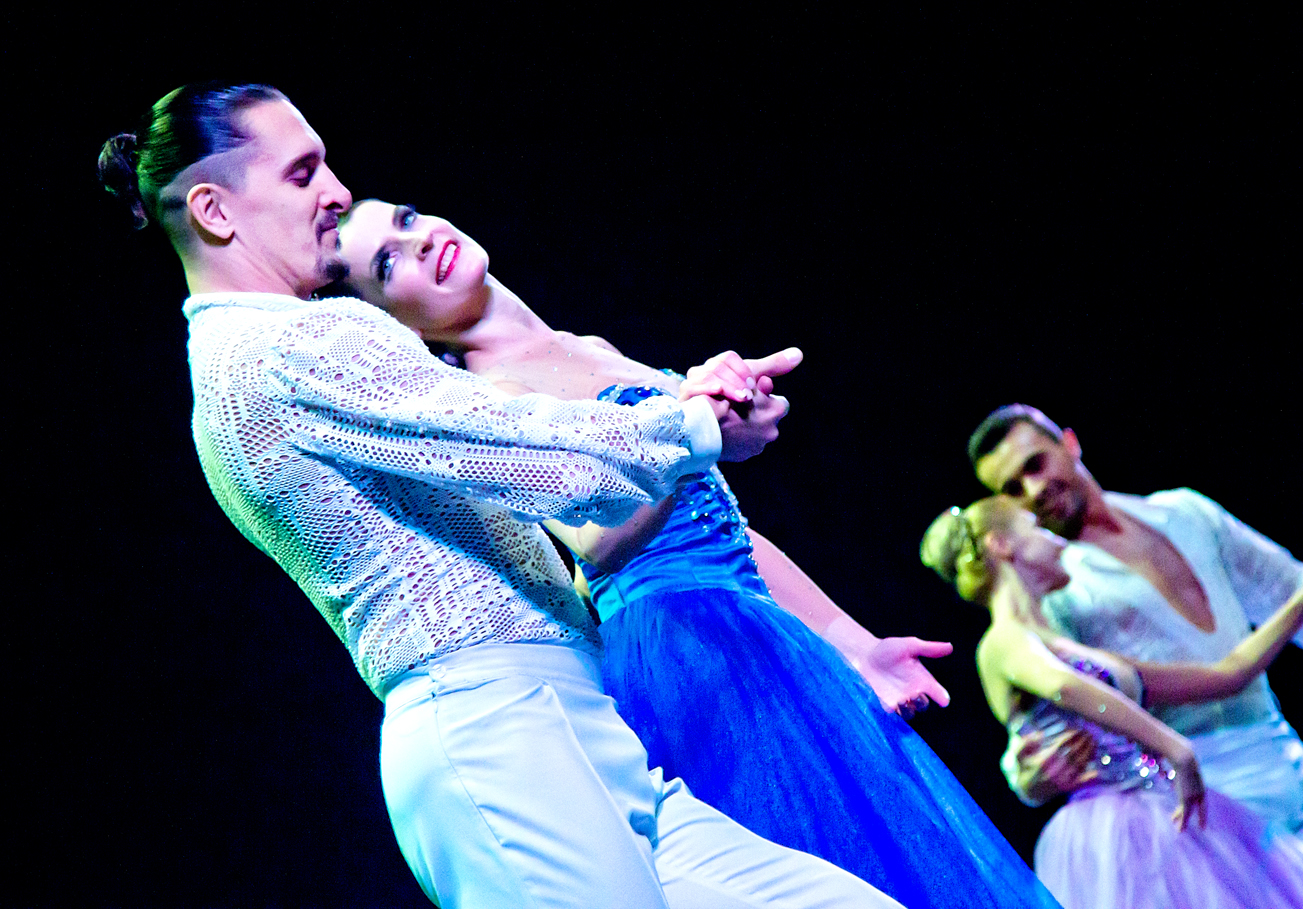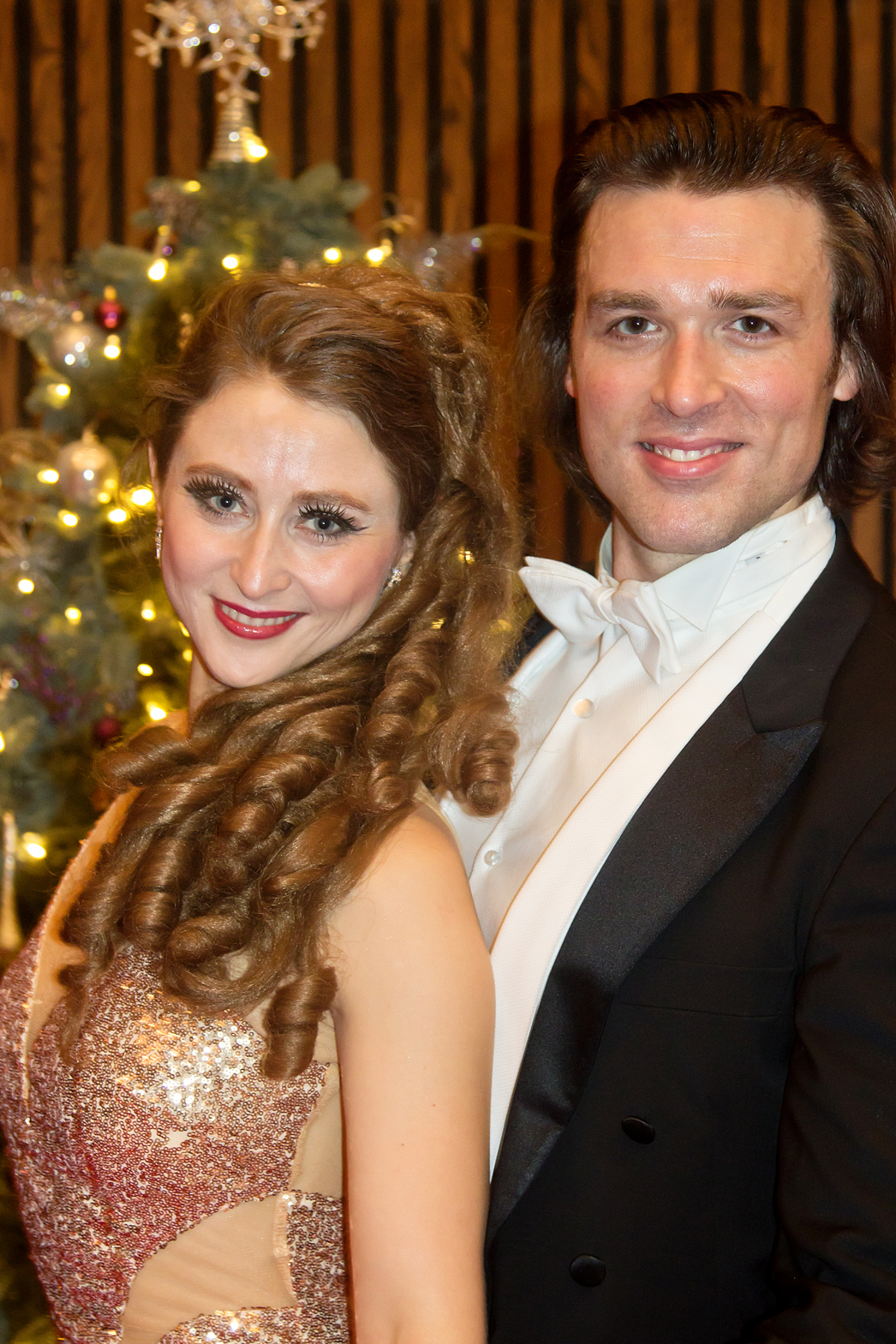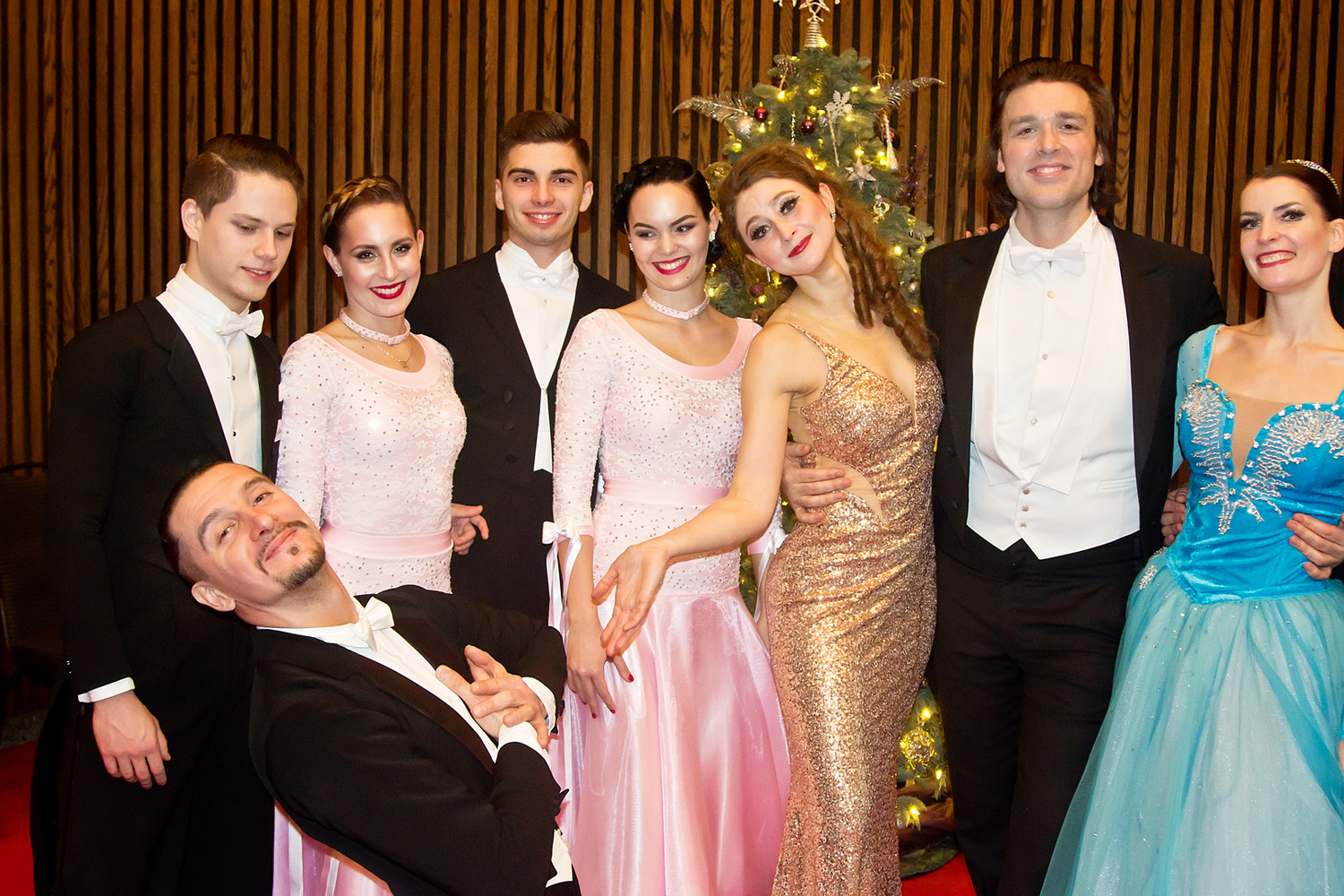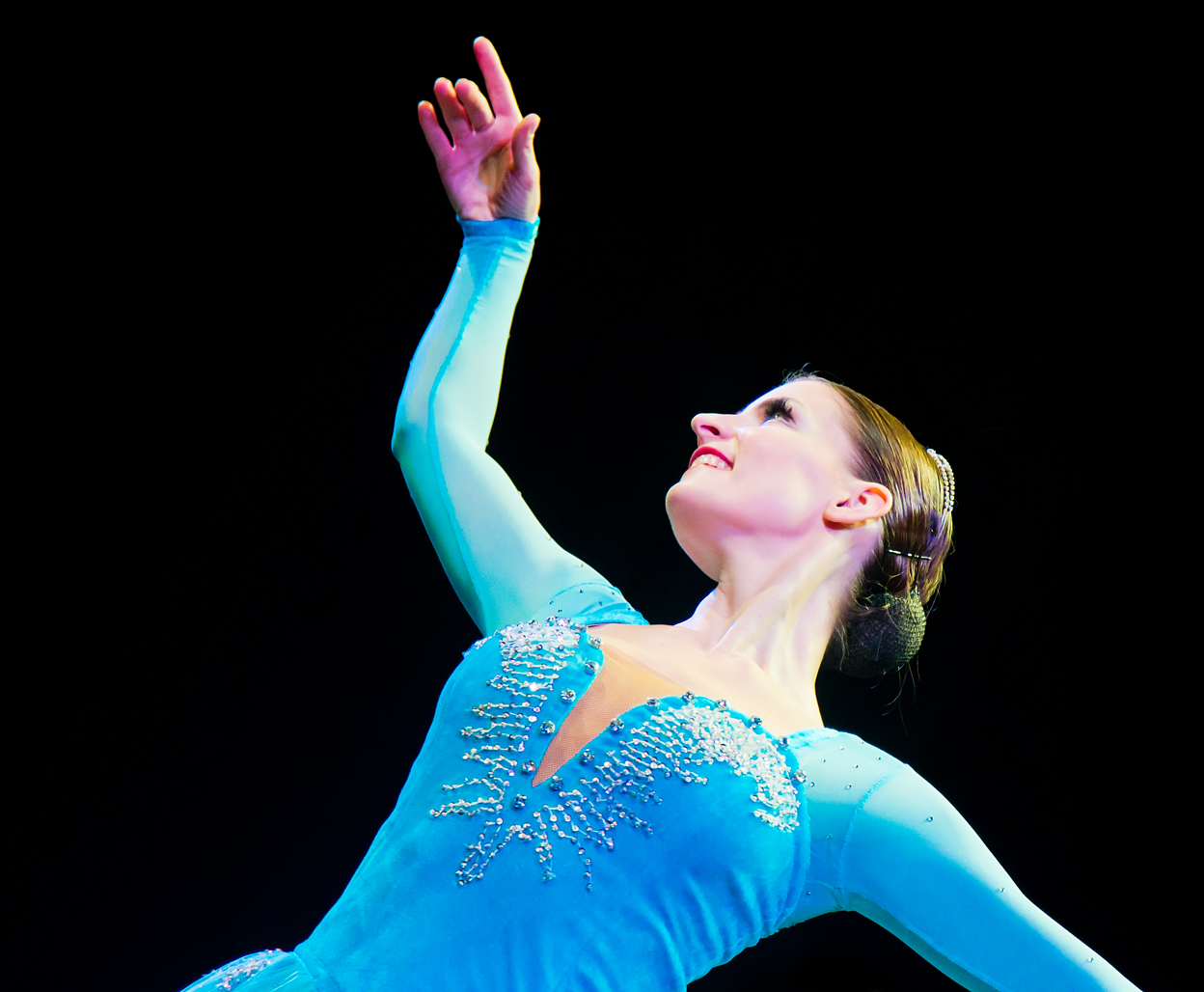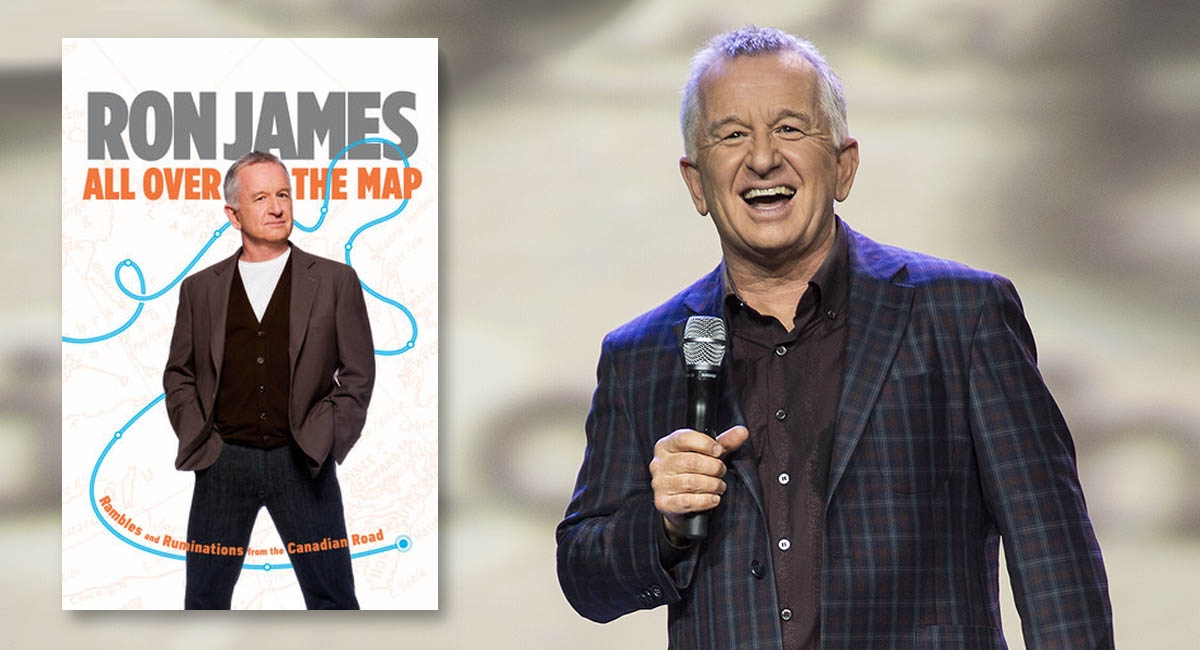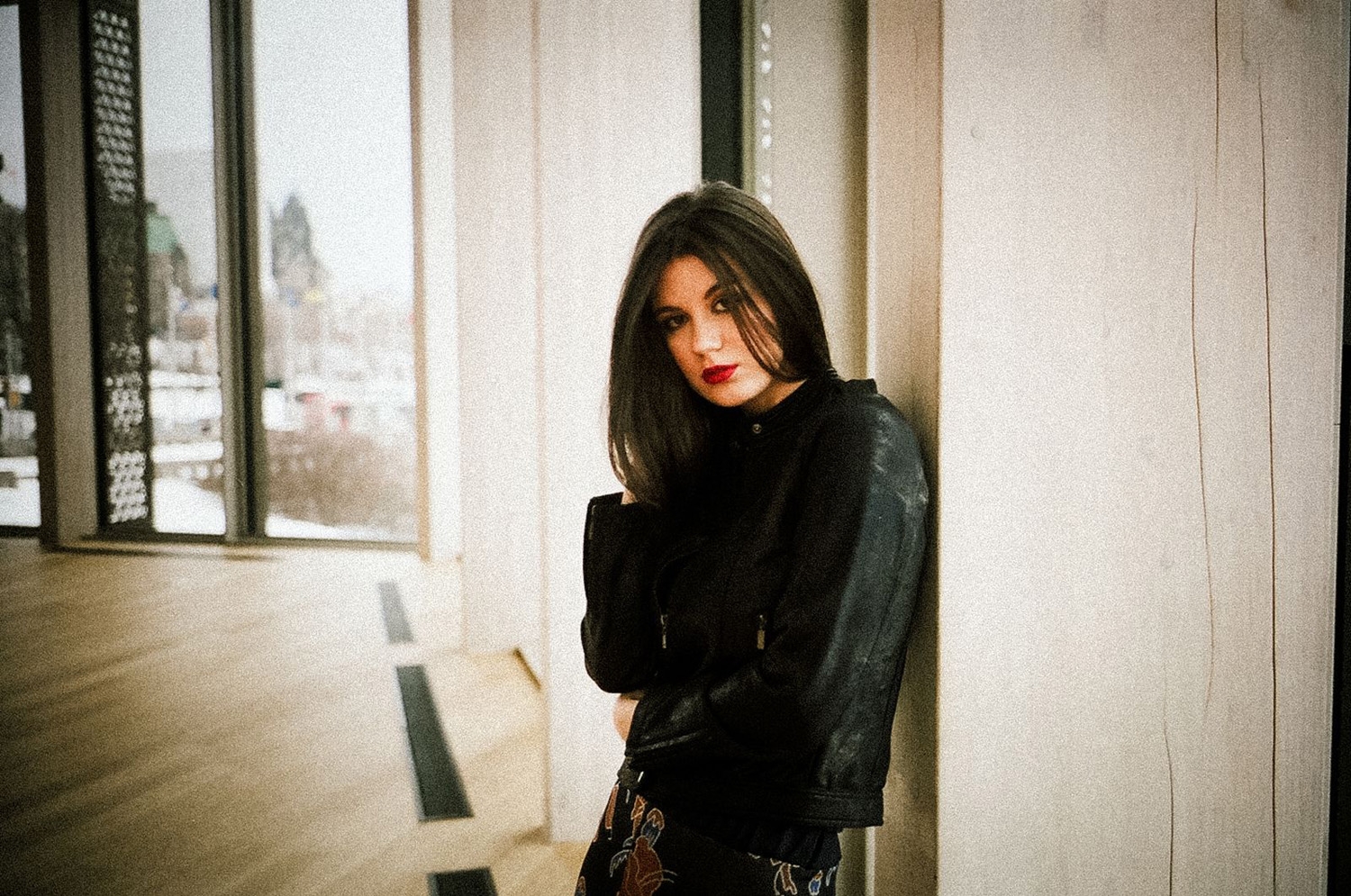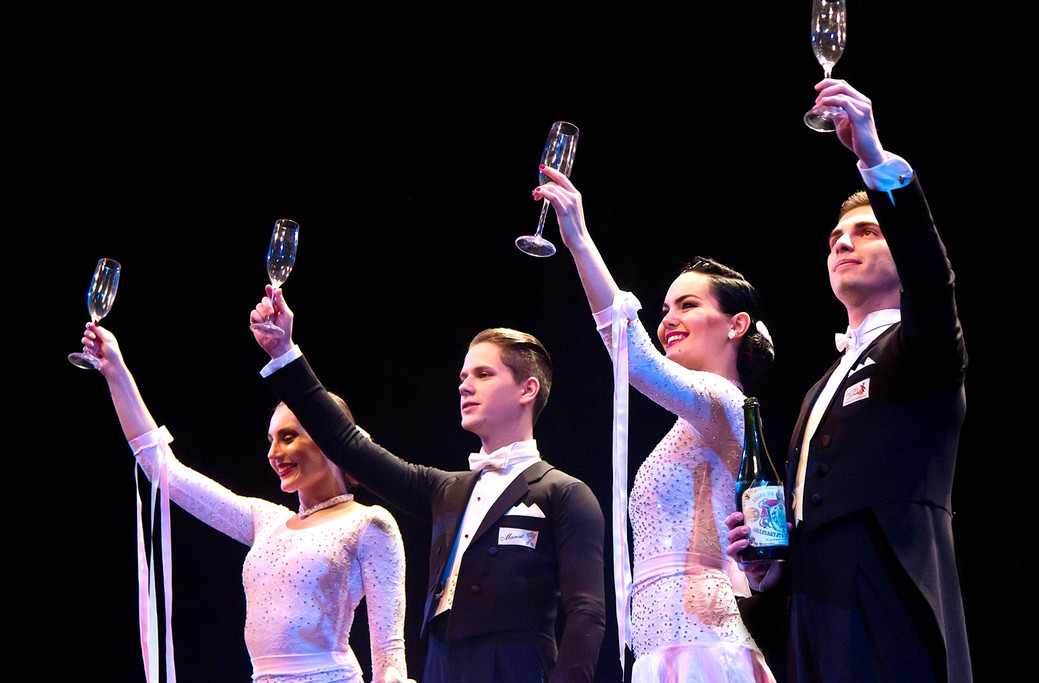
Vienna comes to the NAC!
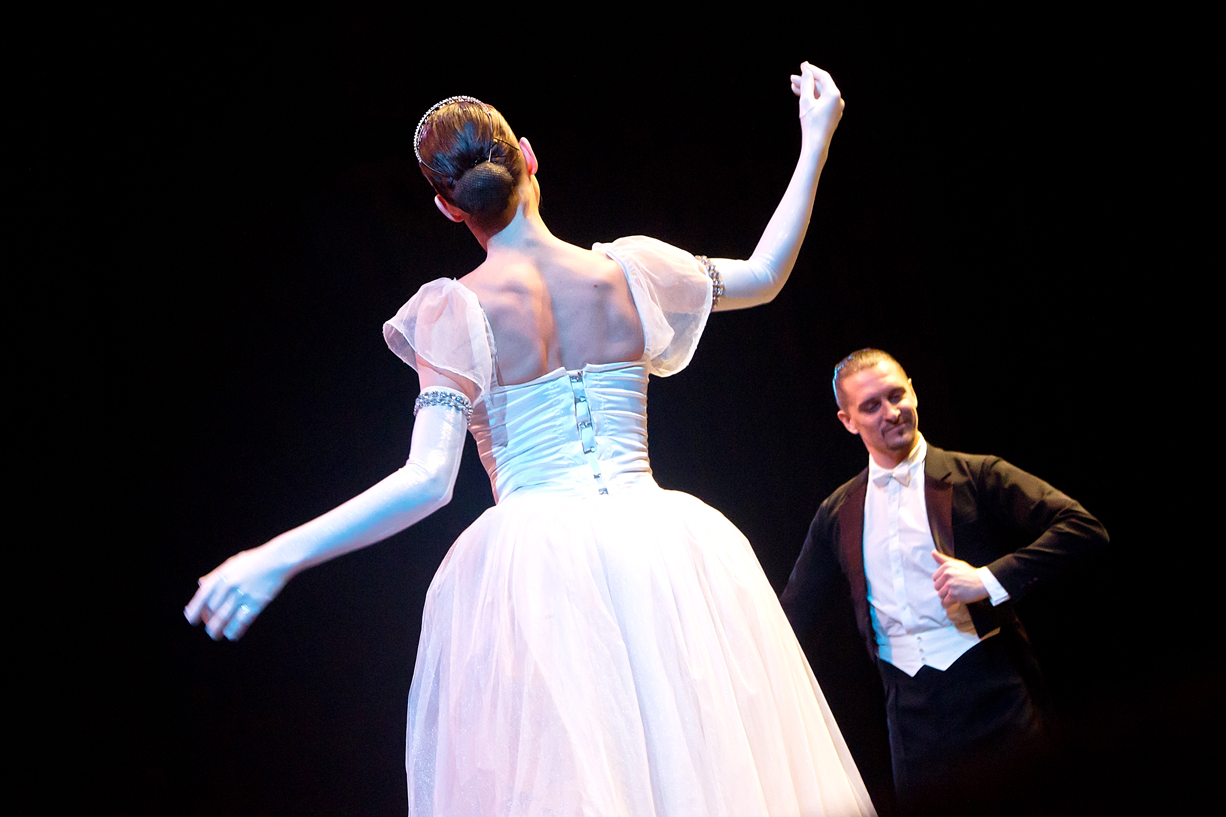
Some of us still recovering from New Year’s Eve and wishing we were basking in some Austrian sun instead of heading into work were given a late Christmas gift by the National Arts Centre. The annual Salute to Vienna concert returned this afternoon and the Danube could have been running between the aisles at the NAC. The music brought you so close you could almost touch the blue waters of the famed Strauss Waltz.
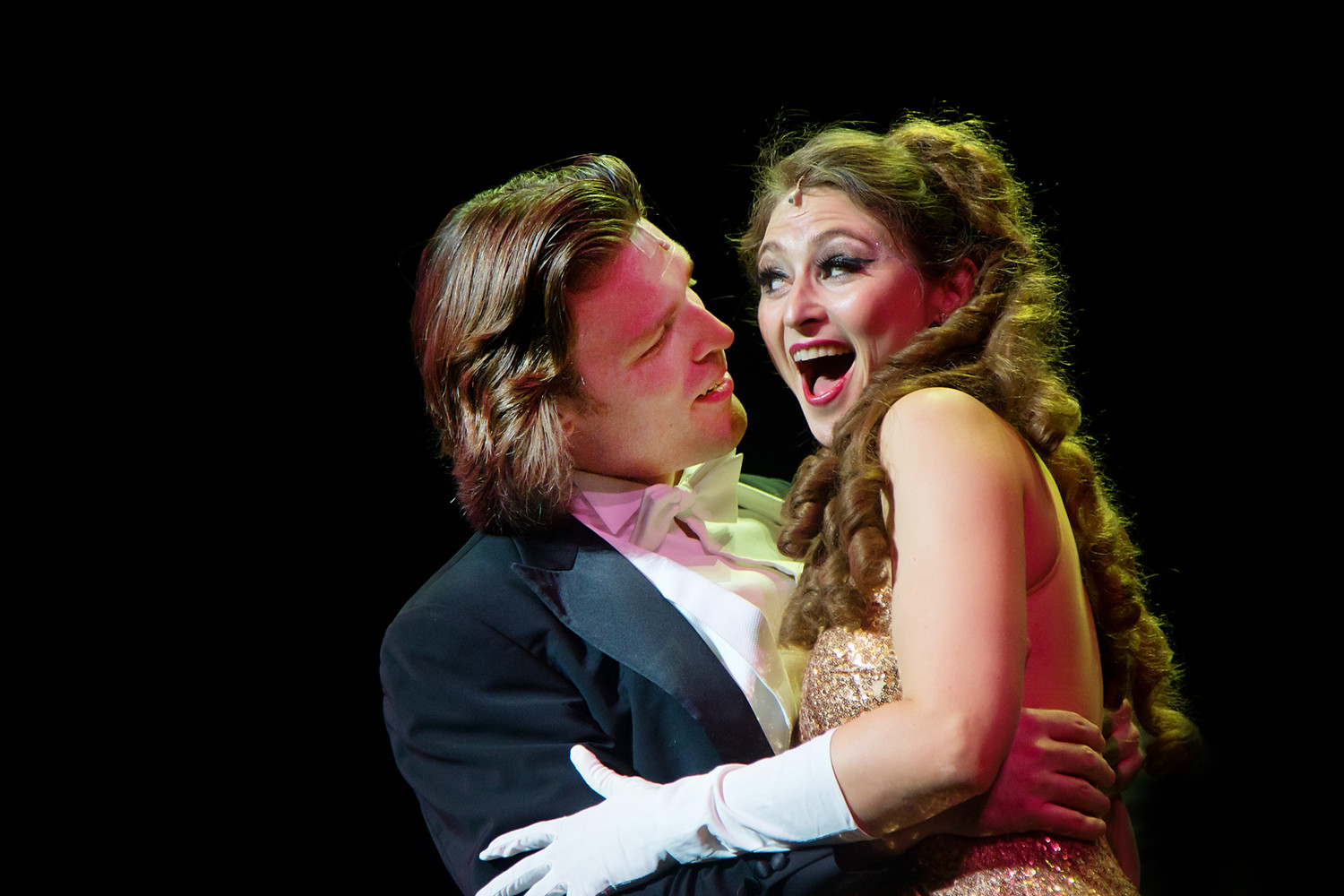
“As you settle into your seat today, let the charm of old Vienna win your heart and set your toes tapping!” organizers proudly proclaimed before bringing the capital city of Austria to the capital city of Canada.
“This world-famous music brings the beautiful City of Dreams to life, and gives it wings to fly through time and capture our hearts in the 21st century.”
If the vast collective of classic music were a map, you would have to place Vienna as one of the major centres for the arts with music being but one. Haydn and Beethoven called the city home during a time in music often referred to as Viennese Classicism. This First Viennese School also includes Mozart and Schubert. The tapestry doesn’t end there. The Vienna Boys Choir has been performing since the late 1400s and the city’s orchestra has been one of the world’s best since 1842.
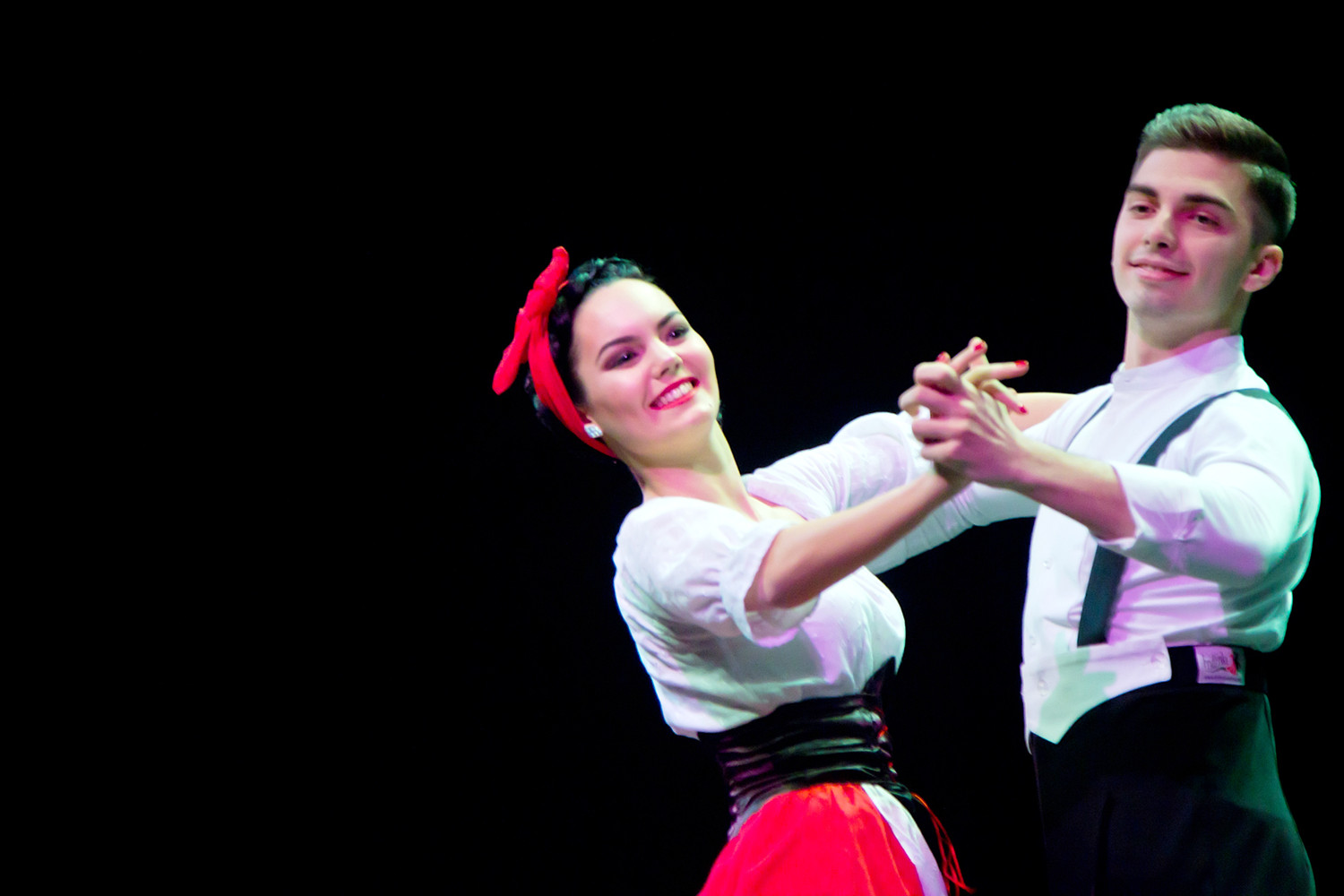 Still, one composer has become most synonymous with Vienna. Johann Strauss II was born in 1825 to parentage that didn’t necessarily encourage his want to become a musician. His father wanted him to be a banker. He was so adamant about this that when he secretly found a young Strauss practicing the violin he beat the boy in an effort, as he said, to whip the music out of him.
Still, one composer has become most synonymous with Vienna. Johann Strauss II was born in 1825 to parentage that didn’t necessarily encourage his want to become a musician. His father wanted him to be a banker. He was so adamant about this that when he secretly found a young Strauss practicing the violin he beat the boy in an effort, as he said, to whip the music out of him.
Strauss would not be deterred and the result of his passion would yield some of the most beloved compositions in all of music. This afternoon’s program would include over 10 pieces by the master performed by the National Arts Centre Orchestra. It was a glorious way to ring in 2017.
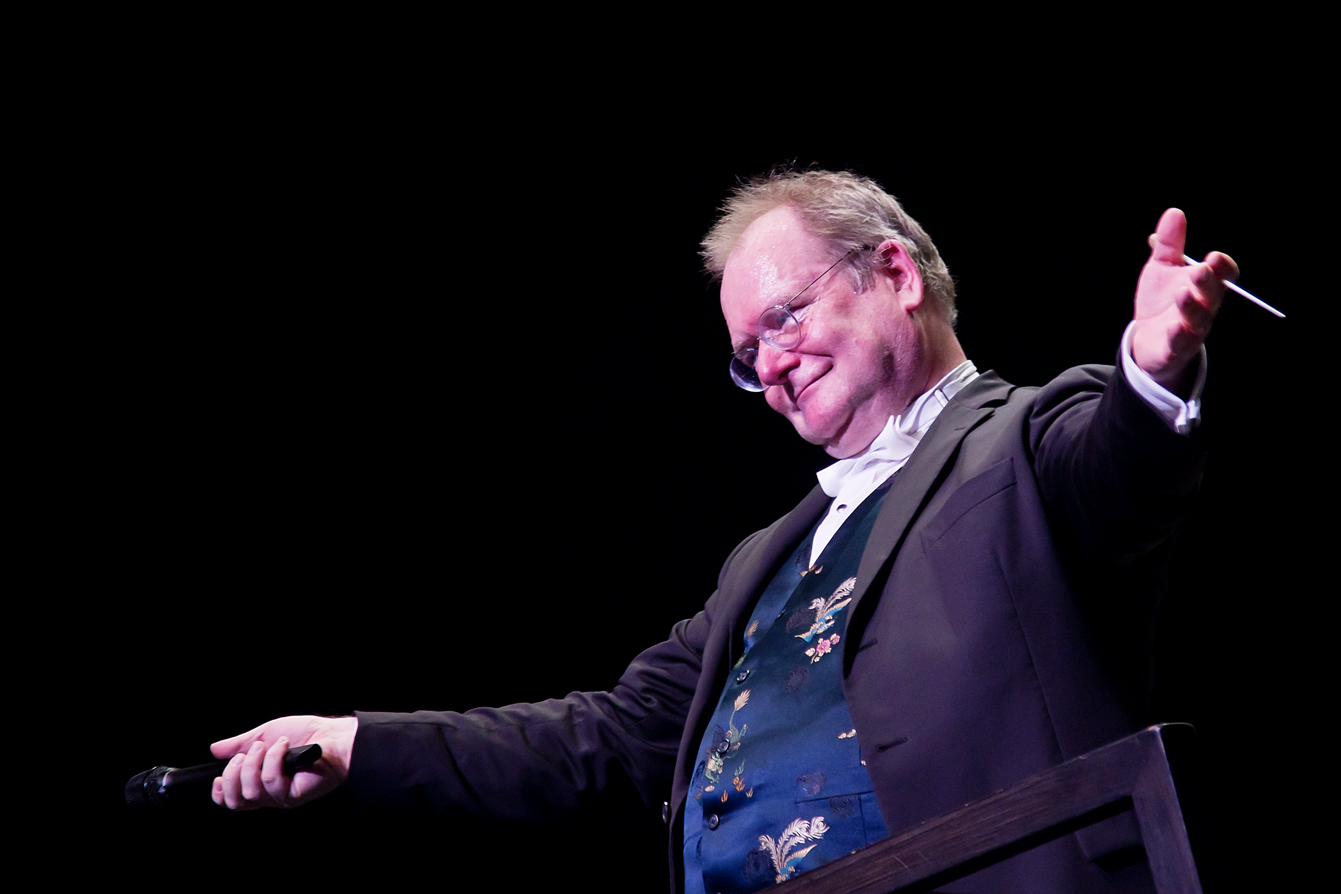 “Happy New Year,” conductor Niels Muus said to welcome the afternoon crowd unable to not jokingly add a little jab at our weather.
“Happy New Year,” conductor Niels Muus said to welcome the afternoon crowd unable to not jokingly add a little jab at our weather.
“We are happy to come all the way from not so cold Vienna to here.”
Muus spoke not just of the history of the Viennese waltz but, also, just how sexy the music was. Placing it in the context of the times, the waltz, he explained, was the first social dance the required more intimate touching.
German novelist Sophie von La Roche wrote of the waltz in the late 1700s: “When he put his arm around her, pressed her to his breast, cavorted with her in the shameless, indecent whirling-dance of the Germans and engaged in a familiarity that broke all the bounds of good breeding—then my silent misery turned into burning rage."
The ficition Don Curzio exlaimed that the people in Vienna were “dancing mad” and Lord Byron quipped that the “lewd grasp and lawless contact” did not “leave much mystery for the nuptial night". German books would publicize the falsity of waltzing being a source of weakness in both mind and body and areas of the country, as well as places in Switzerland and California, banned the dance altogether.
Now far removed such lunacy, tonight the waltz was celebrated in pieces like “Dorfschwalben aus Österreich, Op.164” and “Morgenblätter Waltzer, Op.279” by Strauss. Performers from the Kiev-Aniko Ballet of Ukraine and international ballroom dance champions Istvan Bencze, Ildiko Bori, Vencel Kis and Anna Prozlik gracefully moved across the NAC stage as though guided by a springtime breeze, feathers on the wind.
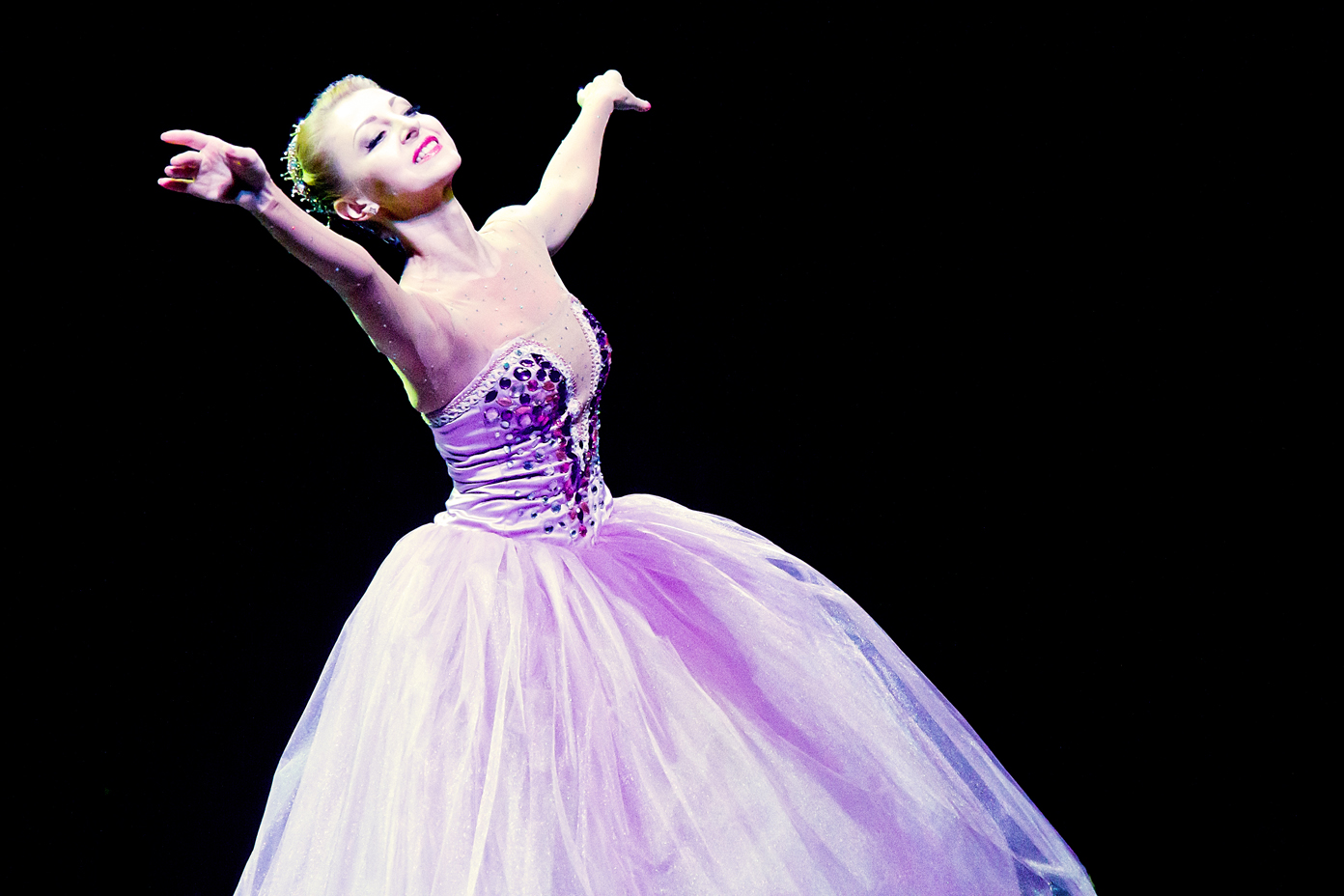
Austrian opera was also included on the program with compositions by Lehár and Sieczy?ski stunningly sung by soprano Lilla Galambos and baritone Thomas Weinhappel. They also engaged in some of the more lively performances of the afternoon at one point bringing out glasses of champagne to share with the crowd.
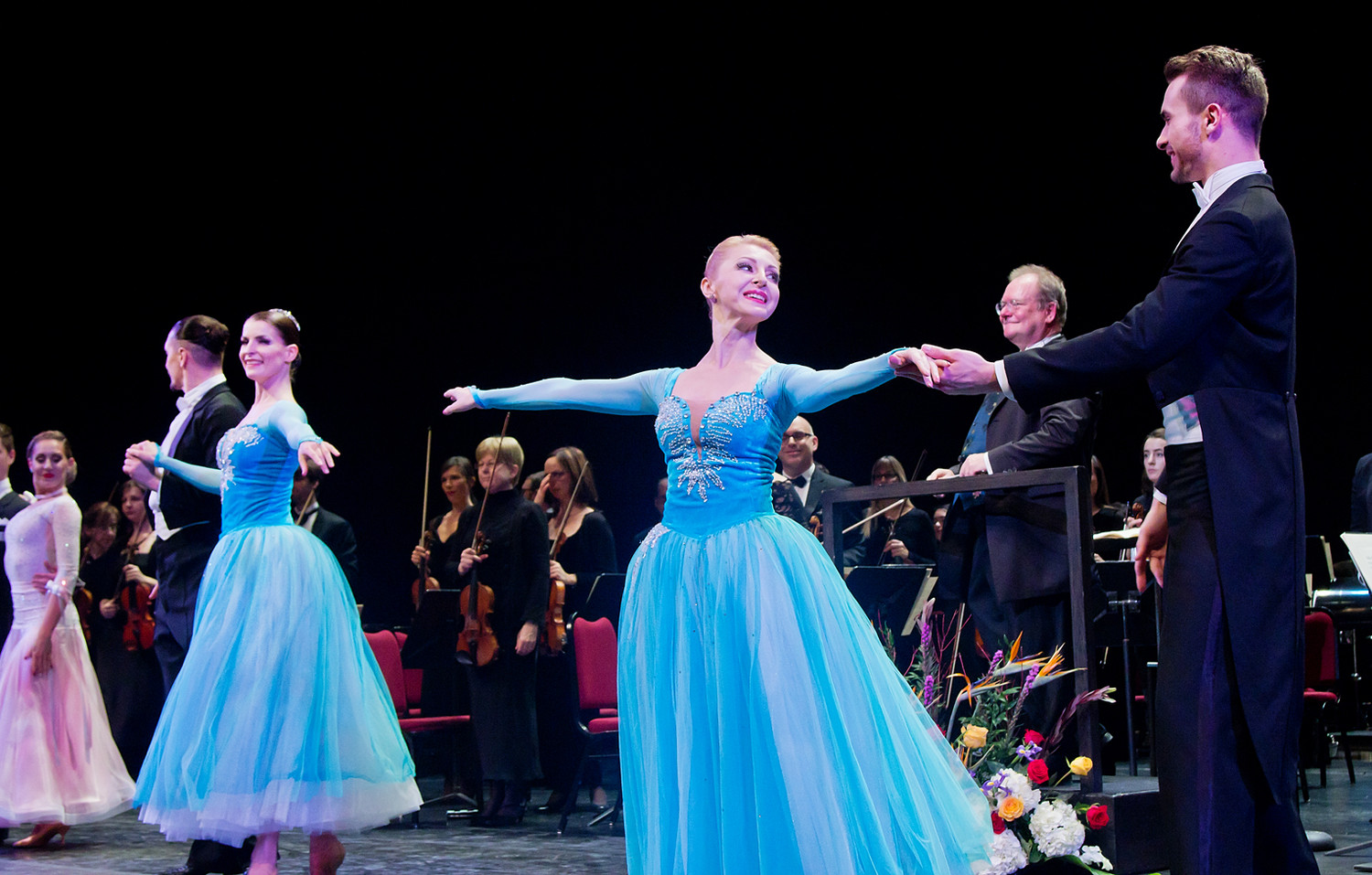
The first major classical performance in the NAC’s reconstructed Southam Hall in this New Year fittingly ended with the audience joining the performers and orchestra members in “Auld Lang Syne”.
Happy New Year!
